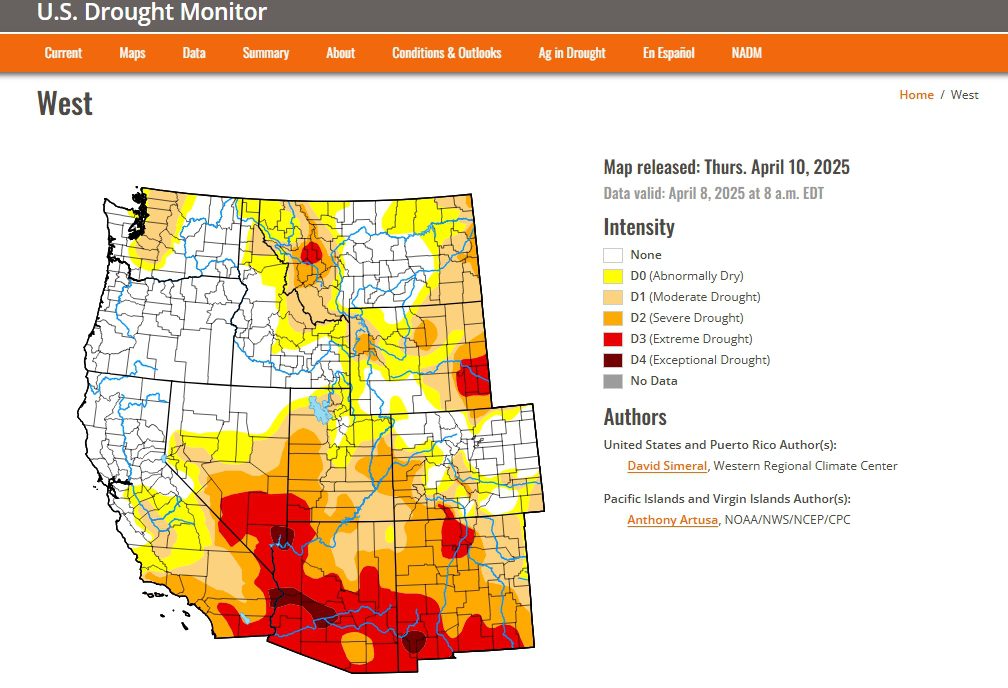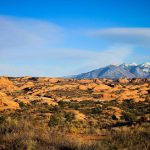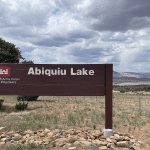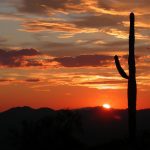- Widespread drought persists across southwestern Colorado, Utah, and Arizona.
- Extreme Drought (D3) expands in southeastern Arizona and parts of New Mexico.
- Lake Mead and Lake Powell remain critically low, both hovering near one-third full.
Saturday, April 12, 2025 — The latest update from the U.S. Drought Monitor , issued April 10, 2025, paints a varied picture across the West, with some encouraging signs of drought improvement in northern areas of the Colorado River Basin, while southern regions continue to grapple with persistent dryness and snowpack deficits.
, issued April 10, 2025, paints a varied picture across the West, with some encouraging signs of drought improvement in northern areas of the Colorado River Basin, while southern regions continue to grapple with persistent dryness and snowpack deficits.
Overview Across the West.
While spring warmth has spurred rapid snowmelt in many high-elevation areas, “deep seasonal snowpack deficits remain across the ranges of southwestern Colorado, New Mexico, northern Arizona, and southwestern Utah.” In contrast, the Great Basin and parts of northeastern Nevada, Wyoming, and northwestern Colorado experienced modest drought improvement, thanks to recent moisture and improved soil conditions.
in many high-elevation areas, “deep seasonal snowpack deficits remain across the ranges of southwestern Colorado, New Mexico, northern Arizona, and southwestern Utah.” In contrast, the Great Basin and parts of northeastern Nevada, Wyoming, and northwestern Colorado experienced modest drought improvement, thanks to recent moisture and improved soil conditions.
Conditions in the Colorado River Basin.
Focusing on the seven states of the Colorado River Basin—Arizona, California, Colorado, New Mexico, Nevada, Utah, and Wyoming—conditions remain precarious in several key areas:
-
Arizona saw the introduction of new areas of Extreme Drought (D3) in the southeastern part of the state, reflecting both short- and long-term precipitation shortfalls.
-
In New Mexico, snowpack continues to lag significantly behind, with SNOTEL stations in the San Juan and Sangre de Cristo ranges reporting snow water equivalent (SWE) levels as low as 6% of median. These conditions also triggered the designation of new Extreme Drought (D3) zones.
-
Utah shares in the concern, especially in its southwestern corner, which continues to exhibit signs of severe water stress.
-
Colorado remains split. Northern and northwestern areas saw improvement this week, while southwestern ranges still face snowpack deficits.
-
California, while technically in the Basin via its Imperial Valley connection, continues to outperform expectations. “California’s reservoirs continue to be at or above historical averages,” with Lake Shasta at 116% and Lake Oroville at 120% of average capacity as of April 8.
-
Nevada and Wyoming showed localized improvement, particularly in drought-affected parts of northeastern Nevada and southern Wyoming, where recent precipitation helped stabilize soil moisture and vegetation health indicators.
Reservoir Levels Reflect the Ongoing Strain.
Despite some regional improvements, the Southwest’s two most critical water storage bodies remain at worryingly low levels. As of April 6:
-
Lake Powell is 33% full.
-
Lake Mead is 34% full.
-
The total Colorado River system is at 41% capacity, nearly unchanged from this time last year (42%).
These levels highlight the fragile state of water security for the region, especially as demands continue to outpace available supply.
By the Numbers: Drought Coverage Still High.
Data from the April 8 assessment period shows that 64.75% of the U.S. remains in some level of drought (D0–D4), with 30.08% facing Severe Drought (D2) or worse, and 14.01% under Extreme Drought (D3). While these figures reflect slight improvements from earlier in the year, they reinforce that drought remains a significant concern across much of the American West.
Looking Ahead.
The National Weather Service’s 7-day outlook (through April 15) forecasts generally dry conditions across much of the western U.S., including Arizona and New Mexico. The 6–10 day outlook calls for a “moderate-to-high probability of above-normal temperatures” across the West, which could further accelerate snowmelt and reduce water availability.






Leave a Reply